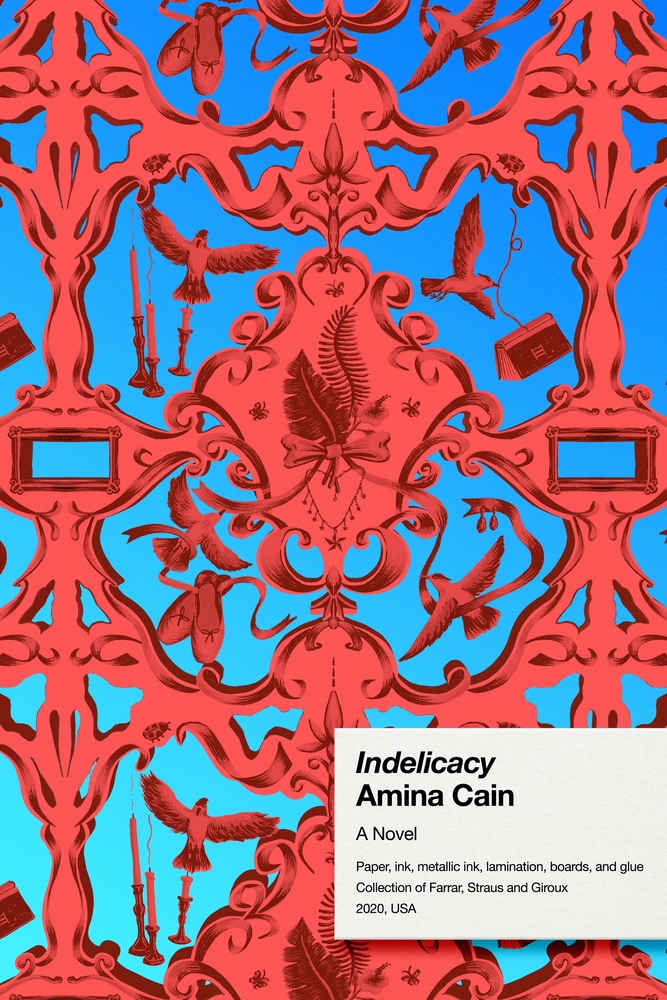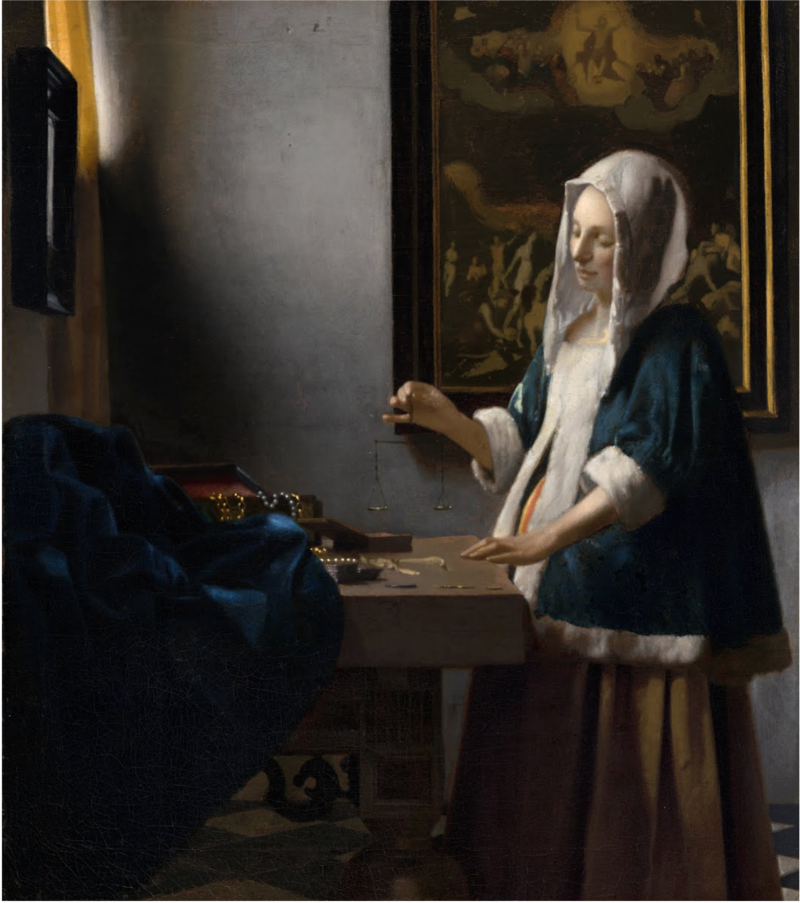
Format: 176 pp., hardcover with dust jacket; Size: 5 X 7.5″; Price: $25; Publisher: Farrar, Straus & Giroux; Number characters named for women in literature: four; Number of times the narrator wonders if her leftovers are worthy of being painted as a still life: one; Other books by the author: I Go To Some Hollow, Creature; Representative Passage: “I was putting on my burgundy dress. Preparing for writing and the walk I would take just after breakfast. Preparing for my own mind. Why did I get so dressed up when no one would see me? It is better that way, to give fancy things to my writing and to my own mind and ramblings, better than wasting them on people I don’t like, and their formal, grand rooms, while it snows outside. All of the fascinations out there, away from where we are sitting.”
Central Question: Is it possible to live a creative life of both freedom and comfort?
In the third part of the 1970s BBC series Ways of Seeing, John Berger focuses on the tradition of the oil painting, claiming that it is a tradition which is more than anything about giving weight to ownership, heft to luxury. Love of art is not, as we assume now in our culture, a neutral or positive virtue, or an expression separate from capitalist consumption. In one of his few counter-examples, Berger chooses a painting by Vermeer, Woman Holding a Balance. In it, a woman weighs out objects of wealth, pearls and gold, but Berger insists that she’s in fact weighing out time, moments of precious life itself. What Amina Cain, in her new novel Indelicacy, might disagree with is the assumption that time is not also a commodity. Like cash and treasure, a woman must hoard and consolidate the moments of her life if she wants to use them for herself.

Johannes Vermeer. 1664 – c. 1664
At the outset of Cain’s novel, the protagonist Vitória works as a cleaning woman in a museum. Though her station in life is low, like an escapee from the brother’s Grimm, she takes pleasure in quiet, self-sufficiency and a life far from a glue factory to which she alludes. Vitória scrubs the plain white walls, while at the same time losing herself in the sumptuous surfaces of the paintings she works around. The paintings by Goya, Lorrain, other old masters awaken her creativity and draw her to express her reactions through writing. But as the...
You have reached your article limit
Sign up for a digital subscription and continue reading all new issues, plus our entire archives, for just $1.50/month.
Already a subscriber? Sign in




